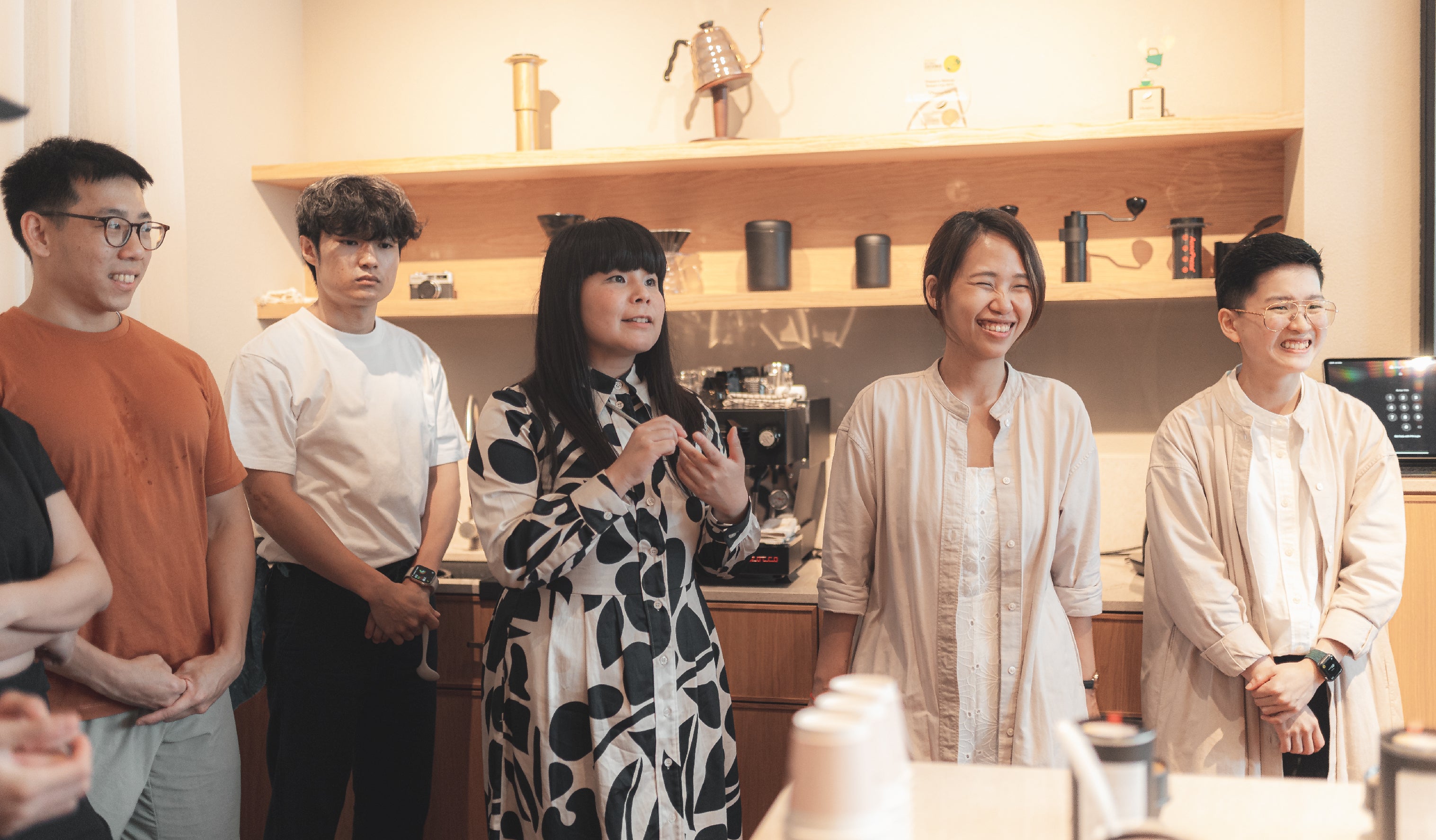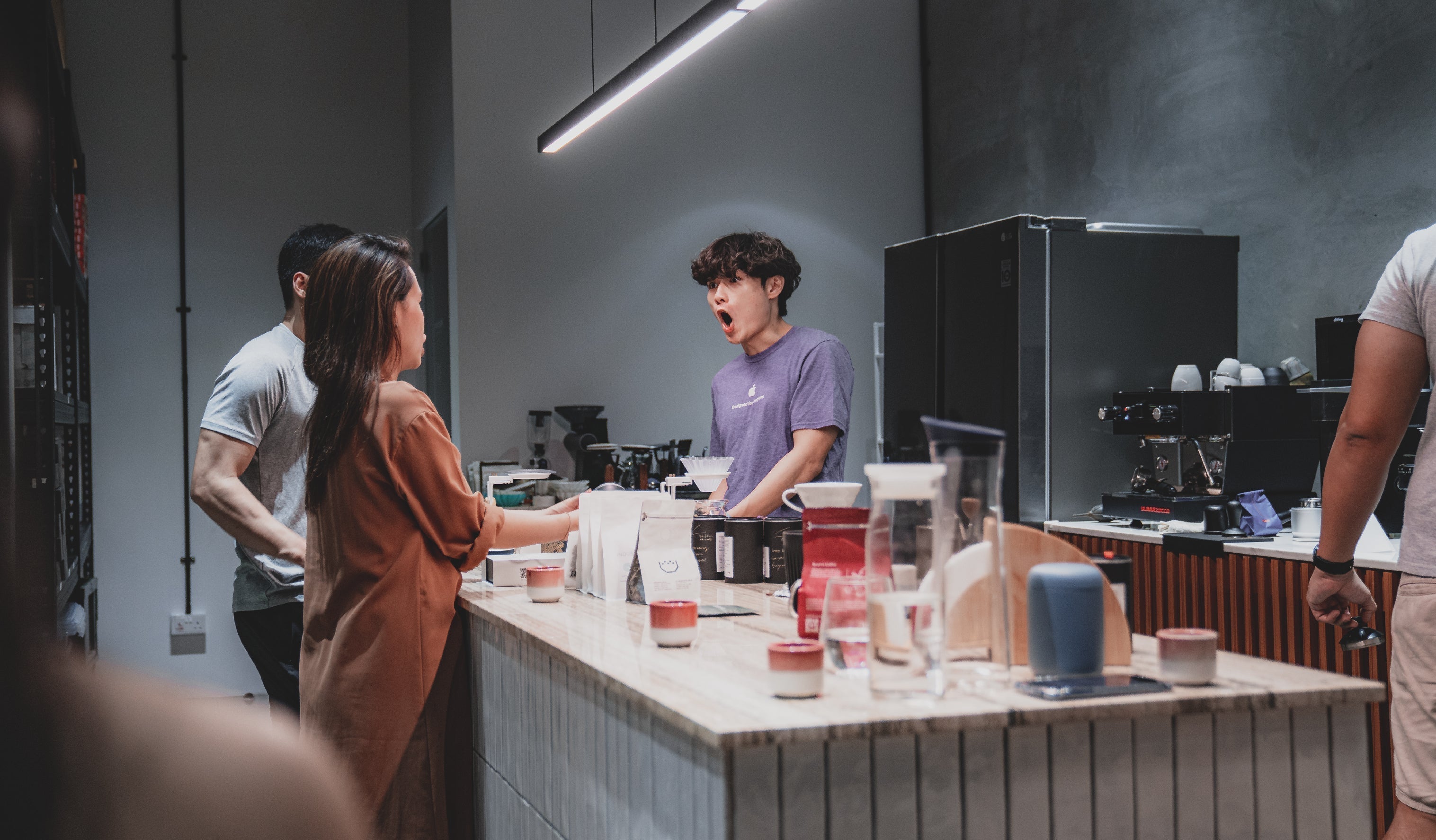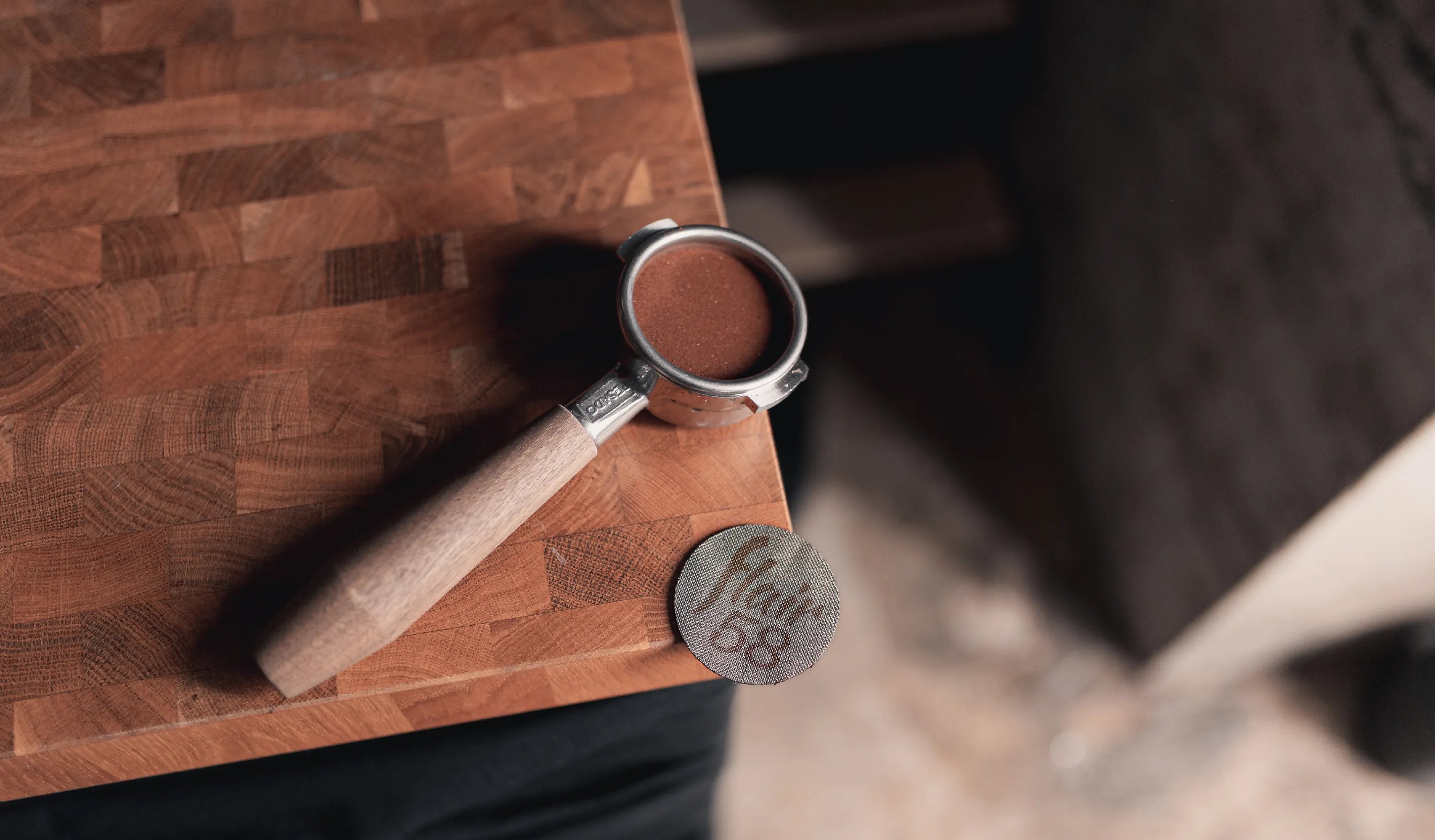Coffee blends have existed from the 17th century, when Dutch traders put together the two commercially traded coffees of that time – the Mokka from Yemen and the Java from Indonesia – to form the first ever Mokka-Java coffee blend.
Ever since, coffee blends have been a staple in the coffee world. Enjoyed for being able to provide a unique depth of flavour that is consistent all year around, many cafés rely on their signature coffee blends to produce distinctive coffee that is familiar and comforting – things that keep regular customers coming back for more.
Coffee Blends vs Single Origins
For coffee drinkers, there has always been a clear distinction between coffee blends and single origins. Coffee blends are the substantial workhorses, powering cafés with reliable performance every day. Single origins, often at times vibrant and quirky, represent a cup of coffee that is more true to its source.
With single origin coffee, quality is of utmost importance. Any flaws in the coffee processing, or lax harvesting procedures, will come to the fore when the origin of a coffee is placed as its focus. As a result, the experience of drinking single origins may vary from batch to batch. Yet, a growing interest in specialty coffee has given attention to the terroir and processing methods of coffee, leading to an increasing consumption preference for single origin coffees in recent years.
However, one should also not underestimate the complexity and skills that are involved in creating coffee blends. The idea of a proper coffee blend is that the sum of its parts is more than the parts themselves. A well-considered blend would bring together distinct cup characteristics from each component together to make for a balanced cup of coffee.
Imagine a coffee that has the bright acidity of a Kenyan, together with the full-bodied earthiness of a Sumatran – an extreme example of course, but one that shows the limitless possibilities of a coffee blend.
Creating a Blend
To create a coffee blend, one must first begin by deciding its purpose and intended goal. Is this a Christmas blend – something that should bring forth some semblance of the spicy warmth of the season? Or is this coffee created for a café’s house blend, something that should be versatile while also being agreeable and comforting?
One can then decide on the components to make the blend. In the process of selecting the ideal profile, one needs to think along three different lines:
Base
A blend needs a suitable body as a base from which other flavours can build upon. Typically formed through the Maillard reaction in the roasting process, coffees with sufficient sugar content create a naturally rich body perfect for forming coffee blends with.
Mid-palate
Referring to the middle of the taste profile, a coffee with a good mid-palate provides fullness to the profile of a coffee blend. Coffees that are rich in malic and tartaric acid are often ideal candidates to provide such attributes, often appearing as notes of stone fruits and green apples.
Peaks
Building on the fullness and base of the coffee, peaks are the distinctive characteristics that shine through in a coffee blend. Floral notes, juicy blackcurrants, or crisp lemons are all examples of peaks that a coffee can contribute to the blend.
Once the coffee components are selected, it is a matter of perfecting the individual coffee roast profiles such that they can best complement one another. However, that is not the end of the work for a coffee blend. An interesting fact about the common house blend from the local coffee roaster, is that the coffee beans used are actually not the same across a full year.
When one component of the coffee blend runs out of green coffee, the coffee roaster will replace that component, while ensuring that the house blend still tastes just like it would before. The ability to continually select replacements for coffee components is an under-appreciated skill, made even more so by the fact that the better the job done, the less a customer should be able to tell the difference. To that end, coffee blends are like continual works of art – ever-changing and evolving to adapt to circumstances.
Brewing a Coffee Blend
Coffee blends are popularly served in the format of espressos rather than filter brews. The pressurised extraction method in espresso seems to bring out the best from coffee blends, as it can highlight the distinctive characteristics in a coffee blend. However, brewing a coffee blend also poses its own unique challenges and workarounds.
As one is often unable to control the exact ratio of blend components, especially with espressos served over the bar, there might be fluctuations in the consistency of the coffees. For this, minimising the number of coffees blended reduces possible fluctuations in ratio between the components.
Also, coffee blends that combine coffees of different solubility levels make for more sensitive coffees to brew. This is because changes to the extraction parameters cause a diverging change in the extraction yield in both coffee components. The overall ratio of coffee compounds extracted from each coffee component would vary accordingly, and likewise the balance in the cup of coffee. However, when done right, coffees with different solubilities can create wonderful experiences with the complexity of textures that can be brought into a cup.
The Next Evolution for Coffee Blends
It is interesting to note that at the frontiers of innovation in specialty coffee, the idea of coffee blends has been growing in its popularity of use.
Contrary to the school of thought of single origin coffee producing the most wild and exciting coffees, coffee blends are proving to be no less superior in this aspect. The 2021 World Brewers Cup saw many competitors using especial coffee blends, with the eventual champion Matt Winton presenting his selected blend of Catucai from Hacienda La Florida, and the rare coffee variety Euginoides from Finca Inmaculada in the open service segment en route to clinching the championship in the competition.
This can be explained by the increasing coffee quality that has come as a result of the proliferation of specialty coffee drinkers across the world, and is in some parts attributable to that selective preference for single origin coffees.
With single origin coffees trending heavily, coffee drinkers are increasingly cognisant of the differences in coffee qualities across farms. As a result, farmers are compelled to place a greater emphasis on good coffee processing and farming practices so that they can produce quality coffees consistently. In the long run, the quality of coffees produced across the world gradually increases, and the uniqueness that comes with varietal, terroir and processing truly shines.
And just as it was before, the art of coffee blending becomes the new stage of evolution for coffee, except this time, a lot more room is opened up for blending, as the unique composition of the coffee compounds from the higher quality coffees that we have access to today greatly increases the potential possibilities that blending coffee can achieve.
Who knows what the future holds for specialty coffee and its blends?
Coffee Blending
Journal article by Homeground Coffee Roasters.
Journal Archive

Milk in World Barista Competitions
An overview of milk concentration methods in coffee competition, focusing on freezing techniques that enhance milk's qualities for great coffee beverages.

How Coffee Cup Colours Affect Your Drinking Experience
Cross-modal perception of colours on the taste of coffee

Learning to enjoy more

Same Coffees Everywhere, All at Once
Why do local specialty coffee shops serve the same coffees?

A study of unexpected coffee production nations

A low down on using puck screens for espresso machines


